Economic Growth and Trade Activities
Economic growth and trade activities are fundamental drivers of the heavy duty-trucks market in Germany. As the economy expands, the demand for transportation services increases, leading to a higher requirement for heavy duty-trucks. In 2025, Germany's GDP growth is projected to be around 2.5%, which could stimulate trade activities and logistics operations. The heavy duty-trucks market is likely to benefit from this economic momentum, as businesses seek to enhance their supply chain capabilities. Additionally, Germany's position as a key player in European trade further amplifies the need for efficient transportation solutions. Consequently, the heavy duty-trucks market may experience robust growth, driven by the interplay of economic factors and trade dynamics.
Rising E-commerce and Logistics Demand
The surge in e-commerce has a profound impact on the heavy duty-trucks market in Germany. As online shopping continues to grow, logistics companies are under pressure to enhance their delivery capabilities. This trend is reflected in the increasing demand for heavy duty-trucks, which are essential for transporting goods over long distances. In 2025, the logistics sector is projected to account for approximately 25% of the total heavy duty-trucks market. Companies are likely to invest in expanding their fleets to meet the rising demand for efficient and timely deliveries. This shift not only drives sales in the heavy duty-trucks market but also encourages innovations in logistics solutions, such as last-mile delivery systems and automated fleet management.
Technological Integration and Automation
Technological integration and automation are pivotal drivers in the heavy duty-trucks market in Germany. The adoption of advanced technologies, such as telematics and autonomous driving systems, is transforming the operational landscape for fleet operators. By 2025, it is anticipated that around 30% of heavy duty-trucks will be equipped with some form of automation technology. This shift is likely to enhance safety, reduce operational costs, and improve fuel efficiency. Moreover, the integration of data analytics allows companies to optimize routes and manage fleets more effectively. As the heavy duty-trucks market evolves, the emphasis on technology-driven solutions may lead to increased competition among manufacturers, pushing them to innovate and offer more sophisticated products.
Infrastructure Development and Investment
Infrastructure development plays a crucial role in shaping the heavy duty-trucks market in Germany. The government has committed substantial investments in road and transport infrastructure, with plans to allocate over €10 billion for upgrades and expansions by 2027. This investment is expected to enhance logistics efficiency and reduce transit times, which are critical factors for businesses relying on heavy duty-trucks. Improved infrastructure not only facilitates smoother operations but also encourages fleet expansion among logistics companies. As a result, the heavy duty-trucks market is likely to experience increased demand, driven by the need for reliable transportation solutions. Furthermore, the integration of smart technologies in infrastructure could lead to enhanced connectivity and operational efficiency for heavy duty-truck operators.
Regulatory Compliance and Emission Standards
The heavy duty-trucks market in Germany is significantly influenced by stringent regulatory compliance and emission standards. The European Union has implemented rigorous regulations aimed at reducing greenhouse gas emissions, which necessitates that manufacturers innovate and adapt their vehicles accordingly. As of 2025, heavy duty-trucks must comply with Euro 7 standards, which are expected to further tighten emission limits. This regulatory landscape compels manufacturers to invest in cleaner technologies, potentially increasing production costs. However, it also opens avenues for growth in the market as companies that successfully meet these standards may gain a competitive edge. The focus on sustainability in the heavy duty-trucks market is likely to drive demand for advanced engine technologies and alternative fuel options, thereby reshaping the industry landscape.



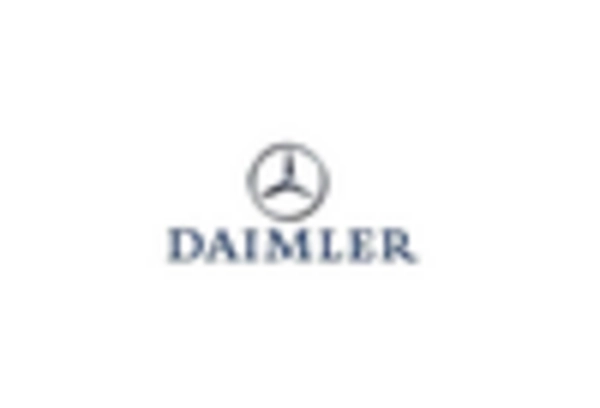

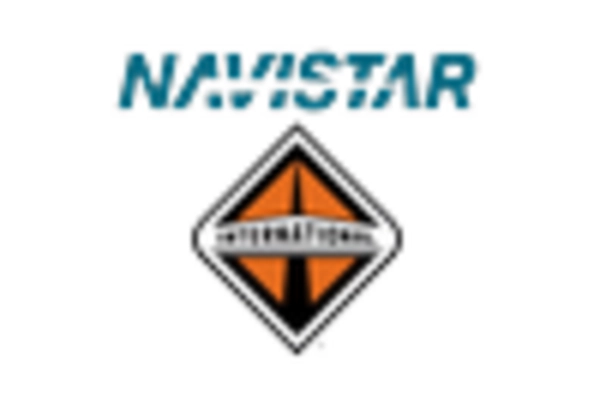
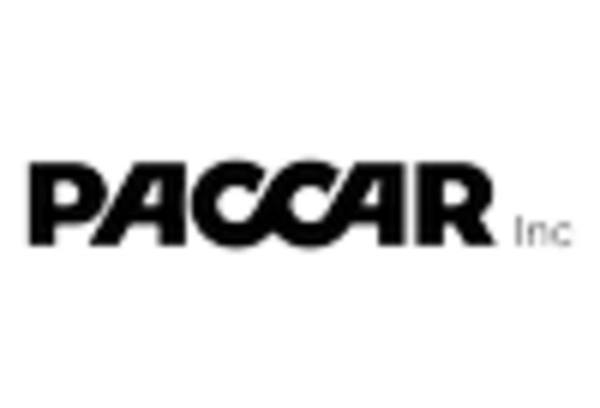
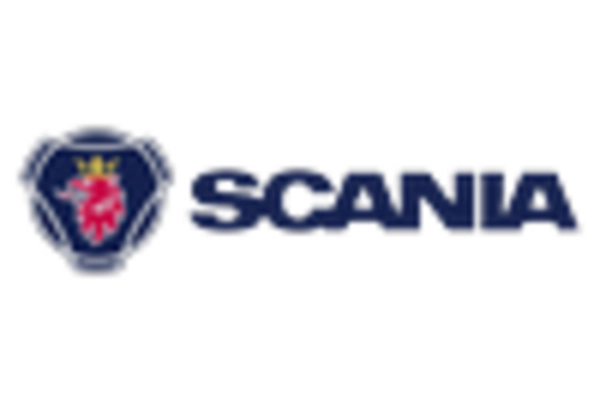
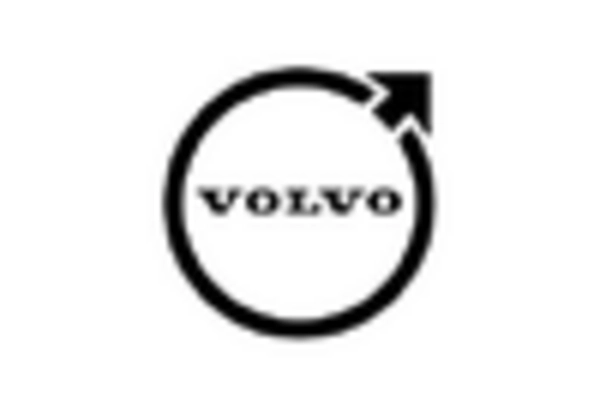








Leave a Comment